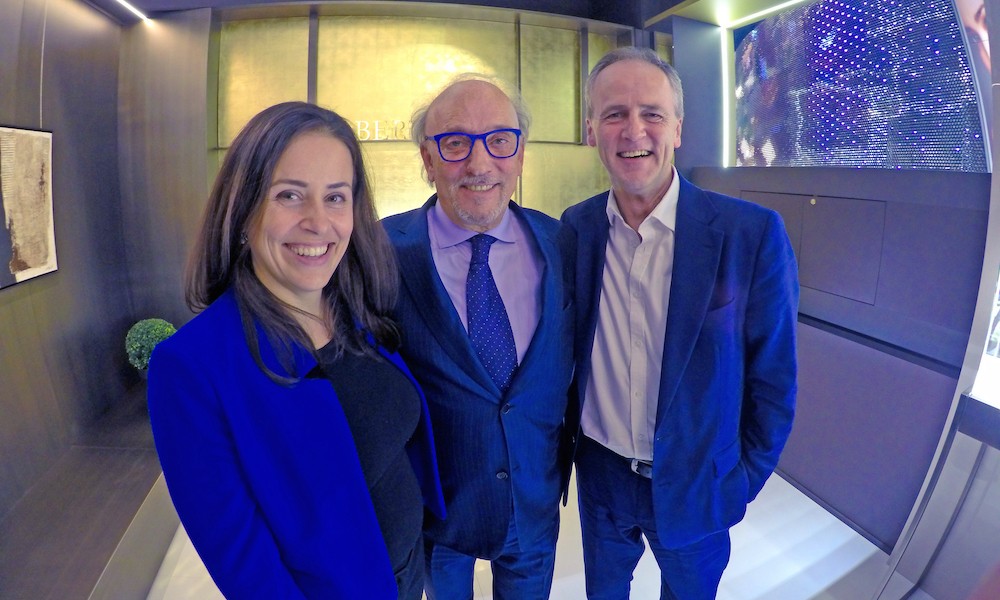At Baselworld, Thursday March 17, 2016, the RJC (Responsible Jewellery Council) held a conference under the title “No Stone Left Unturned“. Two key ideas emerged from the discussions: the RJC is calling for support from everybody in the jewelry industry and plans to concentrate on colored gemstones. As you know, at Rubel & Ménasché, we attach great importance to CSR, as illustrated here.
On March 17, 2016, the RJC seized the opportunity to directly address players from the jewelry and precious stones industry at Baselworld and held a conference to review its progress and announce future projects.
After an introduction by Andrew Bone, Executive Director, and Charles Chaussepied, Chairman of the Board, four speakers took to the floor to address the theme “No Stone Left Unturned“:
● Anne-Marie Fleury, Standards and Impacts Director for RJC;
● Gaetano Cavalieri, President of the CIBJO, The World Jewellery Confederation ;
● France Capon, Secretary General of the European Precious Metals Federation, EPMF ;
● and Gerard Bos, Director of IUCN Global Business and Biodiversity Programme, International Union for Conservation of Nature.
For Andrew Bone, we must not forget “the emotion procured by the value” of items of jewelry. “15 years ago, there was no RJC, there were no standards. We have achieved something. Our vision is that of a responsible supply chain at a global level; our mission is to establish standards and a certification for this purpose. It’s something that we are building year after year. Today we have 732 members and 450 certifications. But in order to continue, we must all work together, on the whole supply chain. You must take part and help us to develop our new base of standards. It is important for guaranteeing the integrity of the industry but it will also offer you professional opportunities…”
The future priorities of the RJC are therefore:
– developing new standards (“Standard Review”) for 2016-2018;
– working on the traceability chain and updating recognition;
– defining criteria for eligibility;
– working on a new Code of practice or updating the existing one.
Amongst the lines for development taken up the RJC, we find colored gemstones. The problem is how to integrate them into the certification system. They are very different from diamonds and precious metals; they are generally sourced from artisanal miners. The approach will therefore be made one step at a time, by going to meet each producer, by helping them to understand the standards, by showing them how to reach the international market, by allowing them to meet their needs and achieve a certain standard of living, etc.
Gaetano Cavalieri confirmed the line taken by Andrew Bone, considering that “traceability is not something that you can invent but something that has to be tested every day”. He can see the difficulties, especially for colored gemstones, but he considers that it is essential to provide guarantees to customers. They must be able to choose a product “of their dreams, but one that is sustainable and transparent. The environmental impact is all the more important when we are selling a dream; it is therefore impossible to have a negative impact on the environment.” Reputation, dream, sensation and respectability are the key words that he believes we must keep in mind.
And to give him the final world: “do not be afraid to take up challenges!”
Source Rubel & Ménasché

